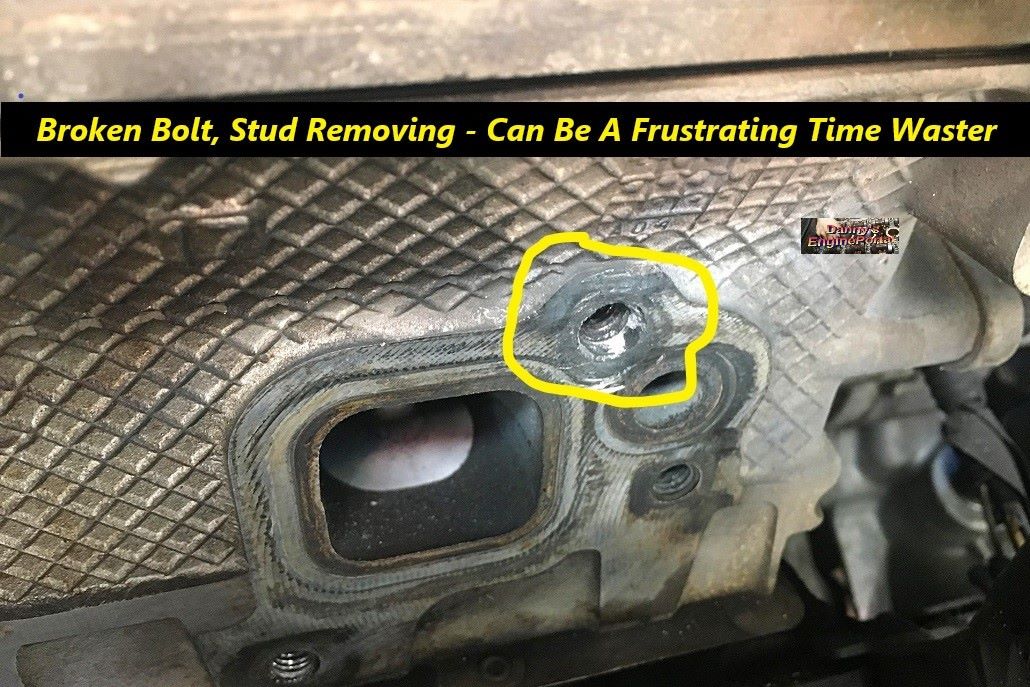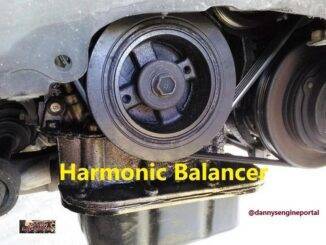
Today, being an automotive mechanic, means a lot more than just changing oil and replacing belts.
So, there are a lot of difficult situations that automotive mechanics face, on a day to day basis.
For an automotive mechanic, some problems are definitely more challenging than others. And, a huge part of their knowledge involves knowing how to dismantle, and reassemble most automotive parts.
As a result, being an automotive mechanic, involves a great deal of hands on work.
So, with all of the electronics in today’s cars, they now have another whole field of training to learn. Because, today, over 50% of their time is spent, diagnosing the problem.
Like doctors, automotive mechanics rely on car owners, to tell them what the actual complaint is. So, pay attention to the signs of trouble. And, try to jot down any information, related to the potential problem.
So, fewer people these days, are choosing to repair their own cars. Instead, wisely opting to bring their car, to an automotive mechanic. This is due partially to, the complexity of cars in today’s world.
Here Are Some Of The More Challenging Problems, For Any Automotive Mechanic:
Hydrolocked Engine ( liquid getting into the cylinders )
So, you have a customer who decided to go puddle jumping, in his brand new Jeep Wrangler. Now you’ll have to try and explain, that there is water inside of the engines cylinders.
When engines cylinders fill with water, the pistons have no place to put it. This can cause, all kinds of problems. Including, bent connecting rods, leaky gaskets and seals, as well as other problems. Consequently, your automotive mechanic, can explain this in detail. This is also called Hydro Locking.
Seized Engine ( engine will not turn at all )
For some reason, a customer decided that he never wanted to check, the oil level in his engine. Who needs oil, right? Unfortunately, you’re going to need to tell him that an engine does. So, several different issues, can cause a seized engine. These include overheating due to insufficient oil or coolant, foreign objects and rust, to name just a few.
Depending on what caused the engine to seize, you may be able to nurse it back to health. However, it is likely that the entire engine will have to be replaced, with a remanufactured or used engine. That sort of repair could run into the several thousands of dollars. Hopefully, your customer will have learned his lesson.
Head Gasket, Cylinder Head and Block Problems ( usually leaking engine coolant )
Cars with a leaky hose, stuck thermostat or that are low on coolant, can easily overheat. In addition, to engine seizure, this can cause major problems, with the engine’s head, head gasket, or block.
As a result, replacing any of these parts is hard work, and can cost your customer a fortune.
Engine Replacement ( exchange or rebuild of complete engine )
People who have experienced the agony of replacing an engine, say this is the greatest challenge in any car. Cars are expensive, so it can be feasible to change your engine, rather than buy a whole new car.
So, the cost may be from $2,000-5,000. But, this is only about 10-20% of the cost, of buying a new car. Repair however, is not as simple, as dropping in a new engine. So, depending on the amount of mileage, you may need to replace, some of the connecting parts as well.
Computer, (PCM), Electrical Problems ( wiring, sensors, modules )
Newer cars, may not be as prone to electrical issues, as aging models. But, that doesn’t mean that modern cars are off the hook, when it comes to wiring problems. And, for any automotive mechanic tracking down electrical issues, is a very tedious and expensive venture.
But, it pales in comparison to what happens, when critters decide to make your engine bay their home. Pop the hood of any car, and you’ll see an array of wiring. Mice, squirrels, and all manner of vermin, have the tendency to gnaw on electrical wires. Replacing a single wire is one thing. Replacing multiple wiring harnesses, well, that’s just asinine.
A cars (PCM), is basically the onboard computer, consisting of the (ECU) and the (TCU). So, your cars brain could suddenly develop a problem.
Then, the engine and almost anything else that relies on microprocessor controls, stand a good chance of malfunctioning. This may include the charging system, transmission, and various emission controls. Not to mention the communications it may have, with other onboard control modules.
So, the more you know about your car, the more likely you’ll be able, to head off repair problems. You can detect many common car problems, by using your senses. Eyeballing the area around your car. Listening for strange noises. And, sensing a difference in the way your car handles, or even noticing unusual odors.
Conclusion
So, these are just a few of the challenging car problems, that automotive mechanics face each day. Ignoring maintenance can lead to trouble, specific parts or an entire system ,can fail. Neglecting even simple routine maintenance, like changing the oil or checking the coolant, can lead to problems.
Finally, if you have any problems you can not solve, go to an automotive mechanic. Because, they have the knowledge and training, to fix almost any problem.
BY DANNY BENDER




